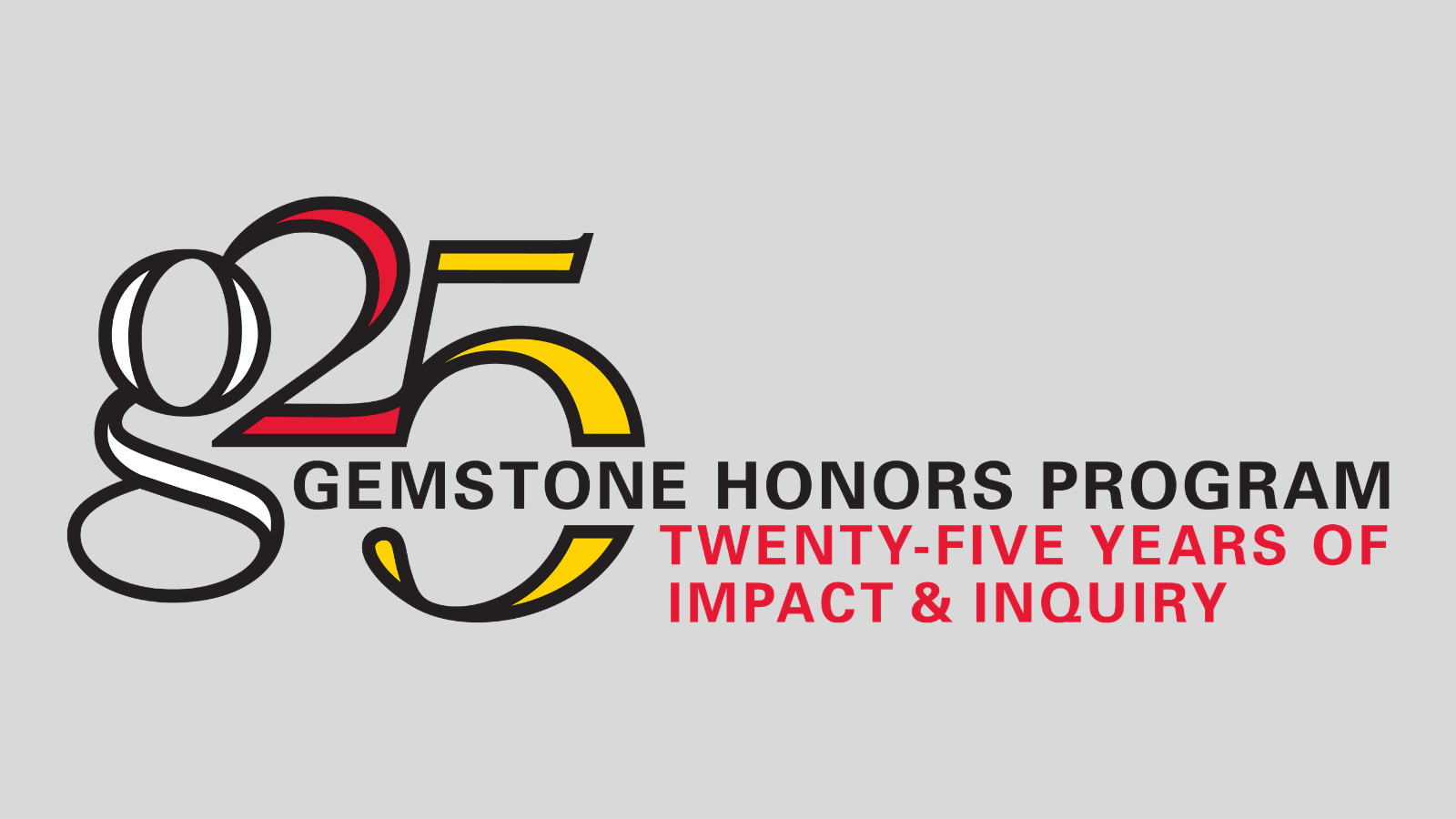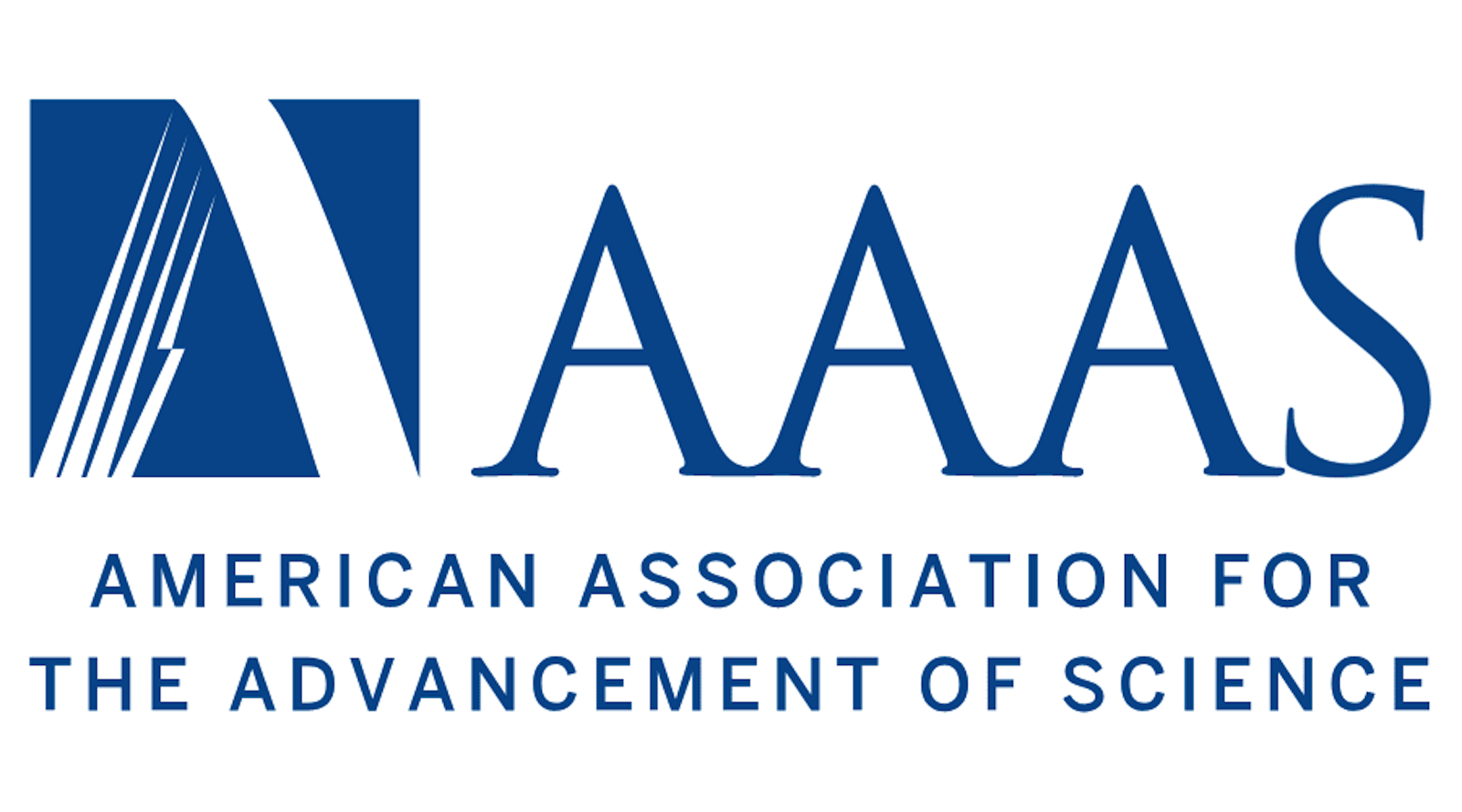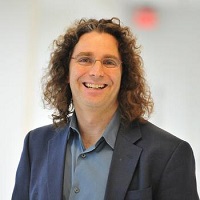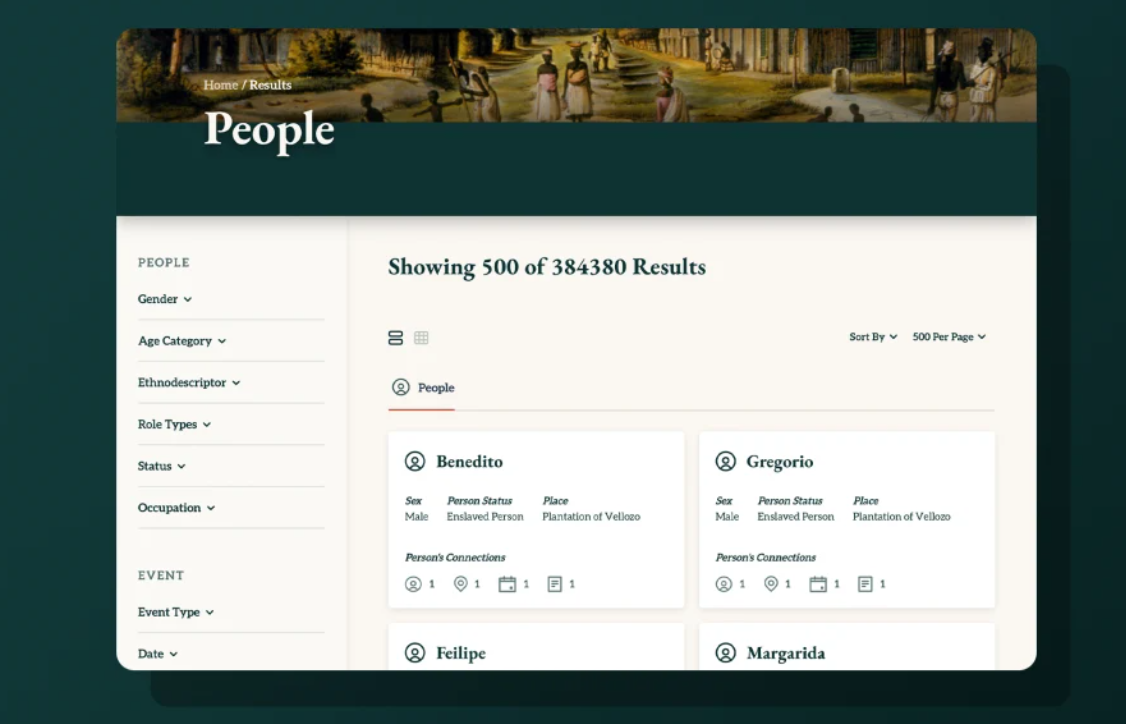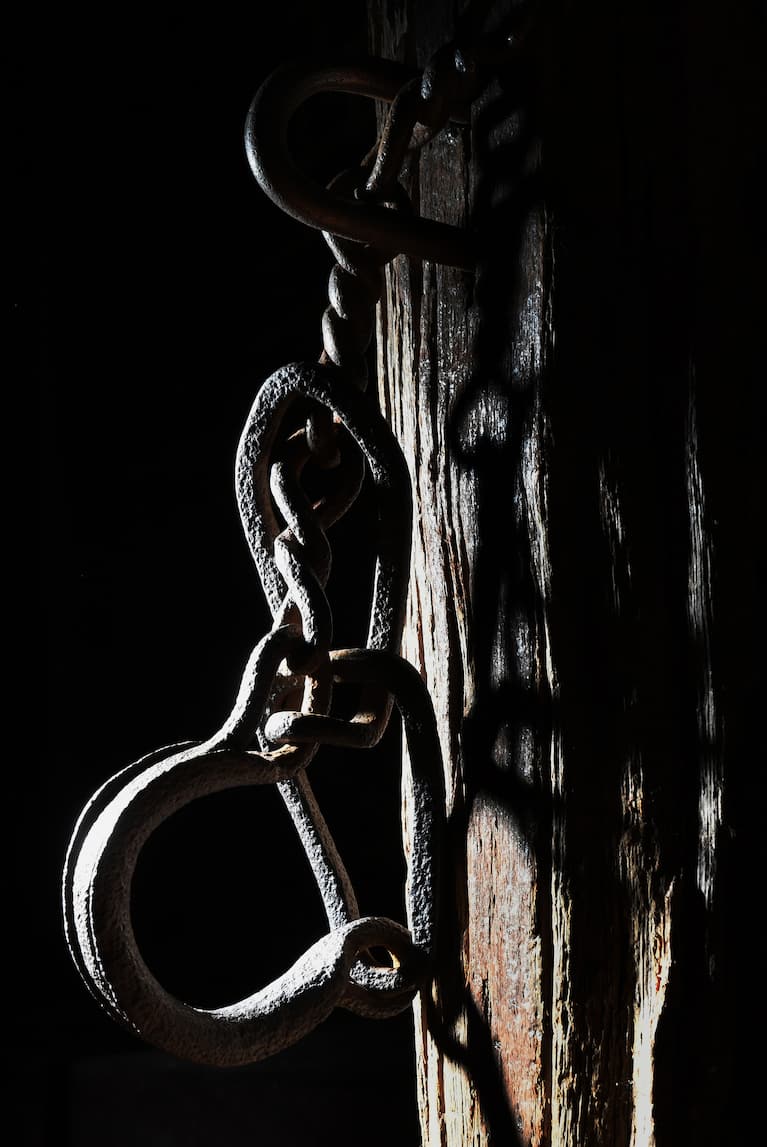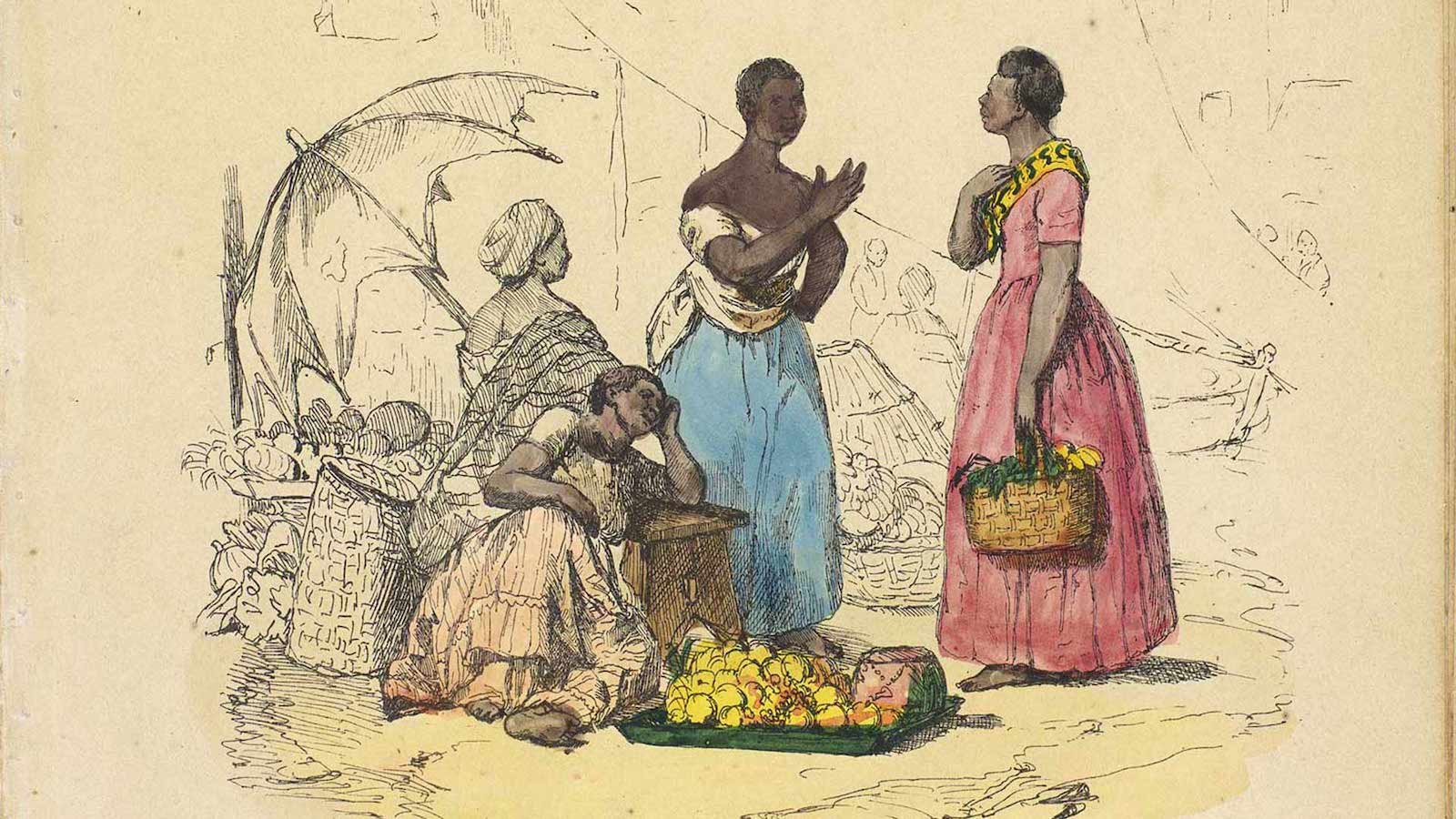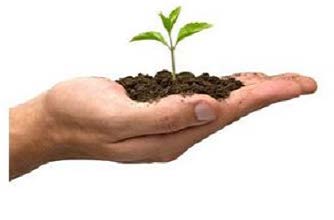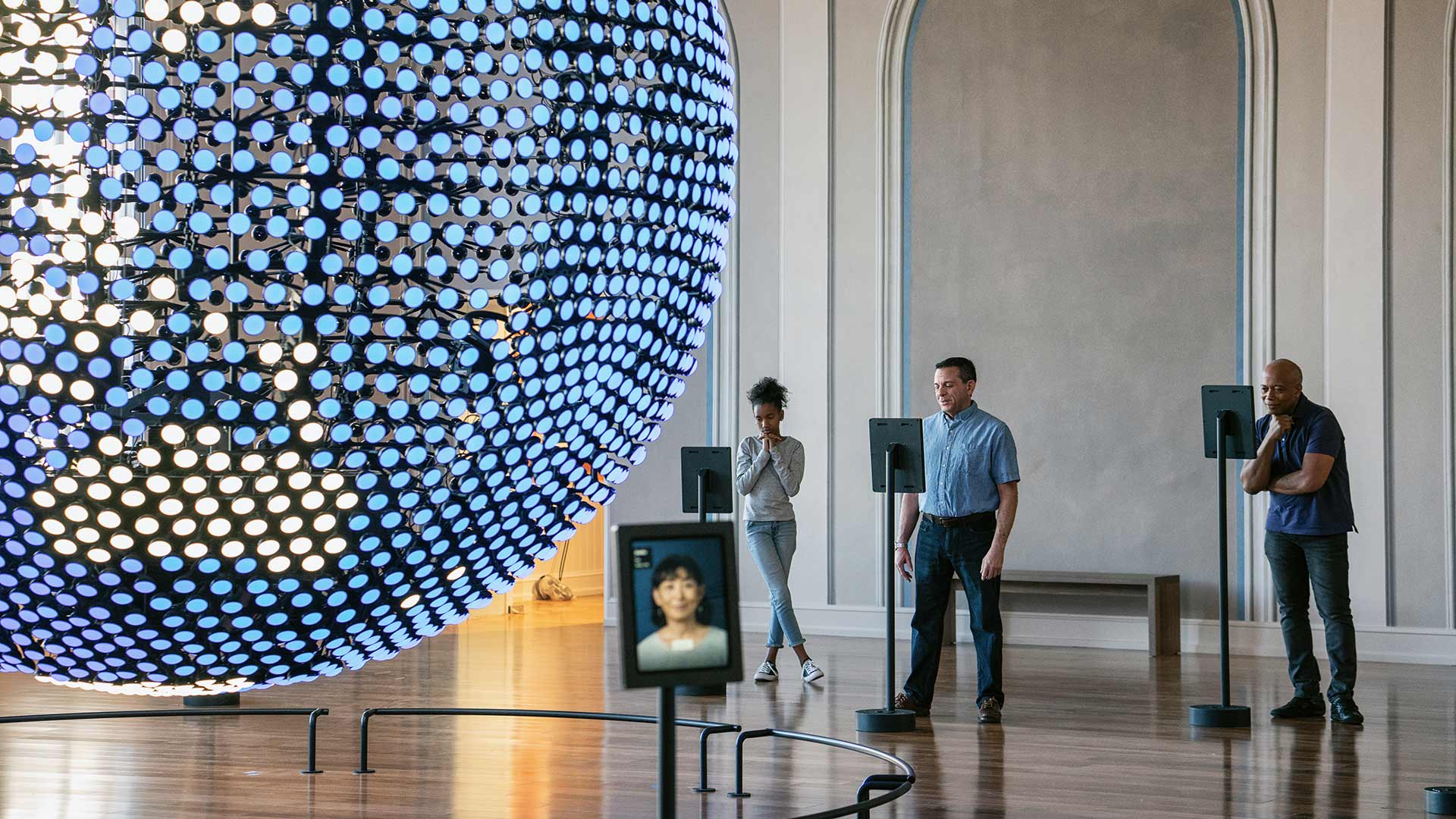BY KRISTIN TOUSSAINT
When we read about the history of slavery in the Americas, it’s often through generalities and numbers: The trans-Atlantic slave trade forcibly took some 12.5 million Africans from their homes, and some 10.6 million survived the Middle Passage across the Atlantic. We know that enslaved people accounted for about a third of the population in the antebellum-era south, that they were sold as property and often barred from learning to read and write. We know about the brutal punishments meted out by masters. We know they married and raised families.
But none of this tells us about the individuals. We only know a few historical enslaved people by name; the rest (and most) are seen as lost to history. For millions of Americans, that means their family histories are lost, as well. But now a massive, free, open-source database is helping to reconstruct and document the lives of the enslaved, and researchers are asking the public and others in academia to contribute to the ongoing project.
Called “Enslaved.org: Peoples of the Historic Slave Trade,” the searchable hub is an effort by Matrix: The Center for Digital Humanities & Social Sciences at Michigan State University, in partnership with the MSU Department of History, the University of Maryland, and scholars from multiple other institutions. The project was funded with a National Endowment for the Humanities grant of $99,000 in 2011 and in 2018 with a $2 million grant from the Andrew W. Mellon Foundation.
The site includes nearly 500,000 people records and 5 million data points, which can be explored by events (like voyage, sale, emancipation, or baptism), places, and people’s age, gender, and other details. By combining datasets from multiple researchers that may have previously been siloed and including records from archives that were not digitized or widely accessible, Enslaved.org now allows anyone, whether a scholar or someone interested in their own family history, to search for this information about enslaved people in the Americas in one centralized database.
“Within the broader field of slave studies or diaspora studies or Black studies, it’s saying their name and doing biographies which talk about the lives, as fragmented as [the records] may have been through the trans-Atlantic slave trade and slavery itself,” says Daryle Williams, project coinvestigator and University of Maryland history professor. “Then it’s also about…taking those lives and those people and putting them into family trees and genealogies, whether it’s your own genealogy or the families and lives of a certain region. We’re definitely interested in meeting that need, that hunger, which is out there.”
Even 10 or 20 years ago, notes Walter Hawthorne, project coinvestigator and MSU professor of history, the scholarship on slavery was focused on generalities. Enslaved.org allows for more specific details, down to more than 150 ethnicity descriptors. “Rather than talking in generalities about enslaved individuals coming from this enormous continent [of Africa],” he says, “you can talk specifically about from where those individuals came.” With multiple researchers’ data now combined, users can track the same individual across what would have been multiple datasets and “begin to create a story,” he adds.
The researchers have also created a digital peer-reviewed journal, the Journal of Slavery and Data Preservation, that will publish datasets about the lives of enslaved Africans based on the database’s documents. That database is expected to grow, especially with the help of other academics and members of the public who can submit family histories or documents like runaway slave ads. The site also has a section for data visuals, where users can create their own charts and graphs based on different details.
These records of the slave trade could help us piece together a fuller picture of this era and these individuals, but there are still a lot of unknowns—and unnamed people. And the legacy of slavery is not restricted to the past. As the project grows, Williams sees it tying into the racial justice movement of today. “I think in this past year it’s become extremely clear we have to figure out better, more complex, more comprehensive, and more accessible ways to grapple with the legacies of slavery, with racism, with anti-Blackness, and all the things associated with the racial justice movement,” he says. “So how can we contribute to that?”

